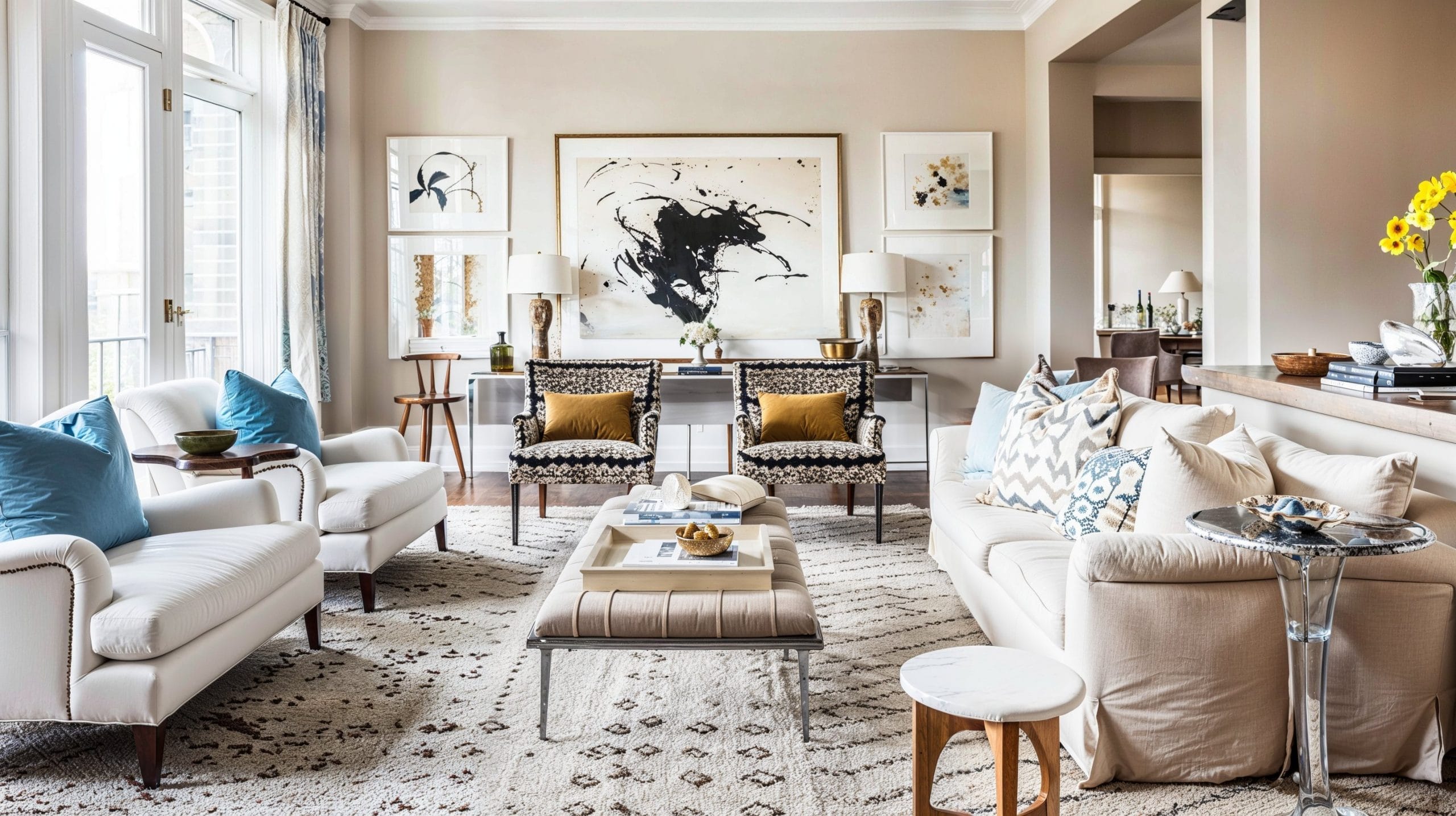Achieve miami luxury interior design crafted by experts.
Achieve miami luxury interior design crafted by experts.
Blog Article
Transform Your Home With Necessary Concepts of Interior Design and Aesthetic Appeals
By recognizing the influence of color concept and the relevance of structure and patterns, one can produce spaces that are not only visually attractive however also deeply personal. Achieving this stability entails more than mere design; it encompasses a strategic setup and an eager understanding of how each component engages within an area.
Comprehending Color Concept
Recognizing the principles of color concept permits designers to create areas that reverberate emotionally with passengers while meeting functional demands. Each classification plays a crucial function in developing consistency within a room.
The psychological impact of colors is extensive; cozy tones such as reds and oranges evoke energy and heat, while trendy tones like blues and greens promote peace and peace. Furthermore, the usage of complementary colors enhances visual rate of interest, developing striking contrasts that can elevate a room's charm.
Neutral shades, on the various other hand, work as a functional background, allowing other design aspects to shine. It is vital to take into consideration variables such as illumination and the space's function when picking a shade scheme, as these can modify the assumption of shades throughout the day.
Inevitably, a well-considered color design can transform an area, promoting a sense of comfort and style that lines up with the citizens' choices. Mastery of shade concept is, consequently, a vital skill for any indoor designer intending to develop harmonious and welcoming environments.
Achieving Equilibrium in Style
Exactly how can designers attain a feeling of equilibrium in their spaces? Attaining balance in design is basic to developing harmonious interiors. Developers can use three key kinds of balance: symmetrical, unbalanced, and radial. In proportion balance involves preparing aspects evenly around a central factor, promoting a sense of order and tranquility. This type usually includes pairs of furnishings or art work, boosting aesthetic security.
Unbalanced equilibrium, on the various other hand, counts on differing components that still accomplish a cohesive look. This approach permits even more vibrant and informal setups, offering interest while keeping balance. By thoroughly picking varying dimensions, colors, and appearances, designers can develop a visually engaging space that really feels well balanced yet energetic.
Radial equilibrium highlights a central prime focus with aspects emitting outside. This design is generally seen in circular formats, where furniture and style develop a cohesive surround that attracts the eye internal.
Eventually, achieving balance needs thoughtful consideration of scale, proportion, and the connections in between components. miami luxury interior design. By skillfully applying these balance principles, designers can transform areas right into atmospheres that really feel both cosmetically pleasing and functionally unified, enhancing the overall experience for residents
Significance of Spatial Understanding

An eager feeling of spatial awareness permits designers to determine prime focus within an area, guiding the customer's focus to essential functions while keeping a general feeling of unity. It also helps in the strategic placement of illumination, which can significantly influence the assumption of room and mood. Moreover, recognizing spatial connections makes it possible for the designer to accommodate the certain demands of inhabitants, guaranteeing that each area serves its designated objective without endangering aesthetic appeals.
Ultimately, spatial awareness is critical for making best use of the possibility of any indoor space. By very carefully thinking about the interaction in between dimensions, format, and function, developers can produce environments that not just satisfy practical needs however additionally stimulate a sense of convenience and beauty, boosting the general living experience.
Incorporating Appearance and Patterns
Accepting a diverse array of structures and patterns can considerably enhance the aesthetic and tactile allure of an indoor area. The calculated use different materials-- such as wood, steel, fabric, and rock-- develops depth and interest, making an area really feel much more inviting and dynamic. As an example, incorporating smooth surface areas with rough structures can establish a balance that attracts the eye and engages the senses.
When incorporating patterns, take into consideration both scale and repeating. Huge patterns can work as centerpieces, while smaller sized, subtle styles can match various other elements without overwhelming the area. Layering patterns, such as pairing flower paddings with striped throws, adds intricacy and a feeling of consistency if executed thoughtfully.
It is also essential to maintain a cohesive shade scheme, ensuring that textures and patterns function with each other as opposed to complete for focus. By choosing a few key structures and patterns, you can produce a linked aesthetic that mirrors your individual design while enhancing the look at this site total atmosphere of the space. Inevitably, the mindful consolidation of these aspects can change an ordinary area into an innovative setting rich Get More Information with character and heat.
Customizing Your Space
Developing an area that shows your personality is essential to accomplishing a really welcoming atmosphere. Personalization in interior decoration allows you to instill your distinct design and rate of interests into your home, changing it from a mere sanctuary into a sanctuary that talks to who you are. Begin by picking a shade palette that reverberates with your emotions-- vibrant tones can energize, while soft tones offer peace.
Include artwork and decor that mirror your enthusiasms, whether it be traveling, nature, or abstract ideas. Showing personal collections, such as publications, photos, or souvenirs, can stimulate treasured memories and create prime focus within a space. Furthermore, think about personalizing functional pieces, like upholstered furniture, to straighten with your aesthetic preferences.

Verdict
In conclusion, the improvement of a home via the vital concepts of interior decoration and appearance necessitates a detailed understanding of shade concept, equilibrium, spatial awareness, structure, and customization. Each component adds considerably to producing an unified and useful living environment - interior design firms. By thoughtfully integrating these principles, people can boost the aesthetic appeal and emotional resonance of their areas, eventually cultivating a home that reflects distinct identities while supplying convenience and usefulness
Report this page